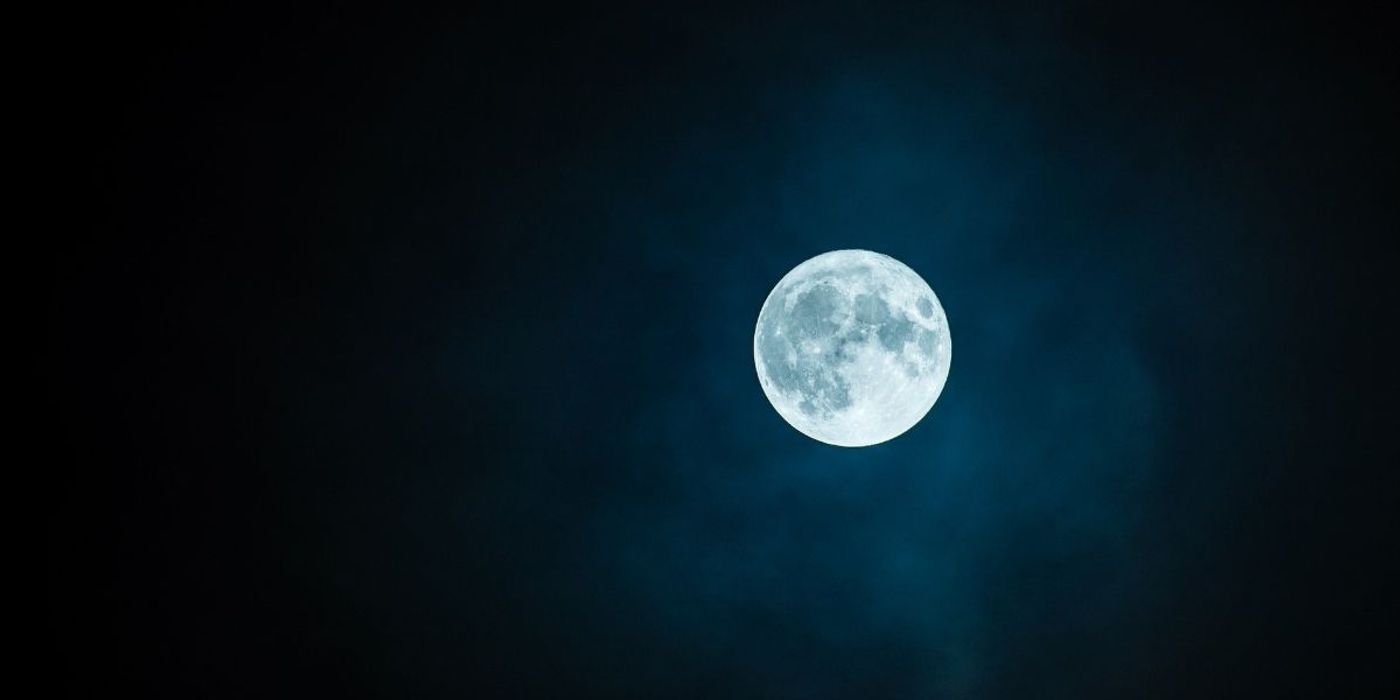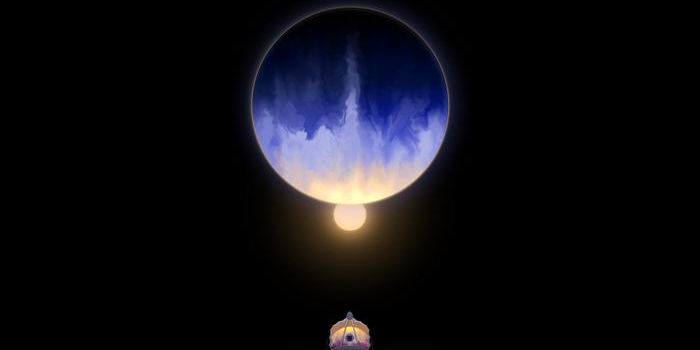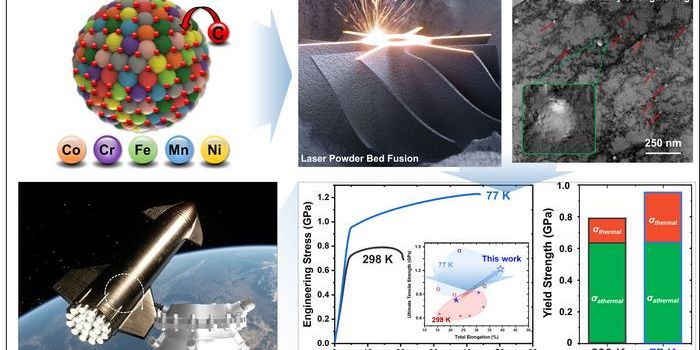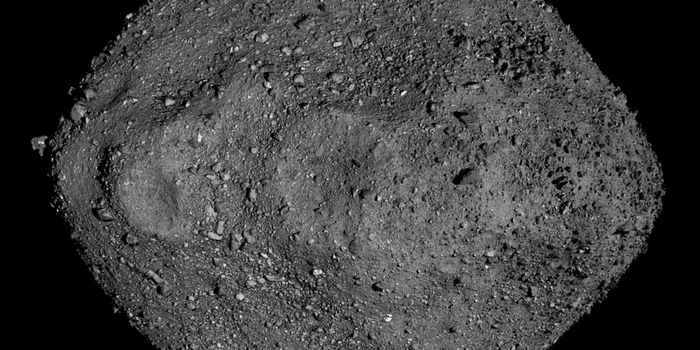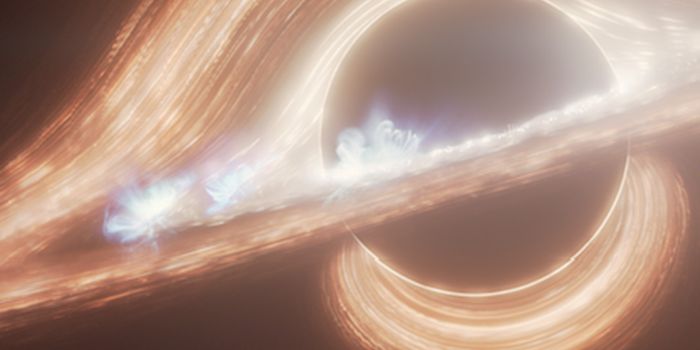Water Found on Moon Enough to Sustain a Lunar Base
For the first time, scientists have found water on the moon's sunlit surface. Coupled with other evidence of water in the shadowed parts of the moon, they say that such water reserves may be able to sustain a lunar base and other NASA activities.
Scientists found the first signs of water o the moon back in 2009. It took until 2018, however, to confirm its presence. Now, in two studies, researchers have detected water at one of the largest crater formations on a sunlight surface on the moon and that the moon may be harboring more water than previously thought in 'cold traps', or parts of the lunar surface permanently in shadow.
Previously, scientists depended on spectral signatures (wavelengths of light reflected or emitted by objects to portray their composition) to see whether the moon had water. However, while useful for identifying many materials, the data does not distinguish between water and hydroxyl on the moon's surface. Previous observations based on spectral signatures thus indicated that either water or hydroxyl might have been present.
To confirm whether the data indicated hydroxyl or water, the scientists behind the present studies used different observatory points. One study, in particular, studied the moon using data from NASA's Stratospheric Observatory for Infrared Astronomy (SOFIA) airborne telescope. From the data, they found that water exists at around 100 to 400 parts per million, likely 'sandwiched' between grains of the lunar surface.
"The amount of water is roughly equivalent to a 12-ounce bottle of water in a cubic metre of lunar soil." says Casey Honniball, postdoctoral fellow at Nasa's Goddard Space Flight Center in Maryland.
Meanwhile, the other study used data from NASA's Lunar Reconnaissance Orbiter spacecraft in orbit of the moon to study the distribution of cold trips. In doing so, the scientists behind this study found a wide variety of cold traps, including 'micro cold traps' measuring as small as 1 cm in diameter. They also found that the lunar surface may hold 40,000 square kilometers of water- twice the area of water scientists had previously was present.
While there are a few lunar expeditions lined up for the next few years, NASA ultimately hopes to build a permanent habitation on the moon. Thus, the water resources on the moon present many opportunities- not just for drinking water but also for making rocket fuel, something that could bring down the cost of space travel from the possibility of refueling on the moon itself.
